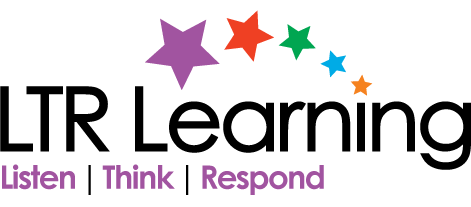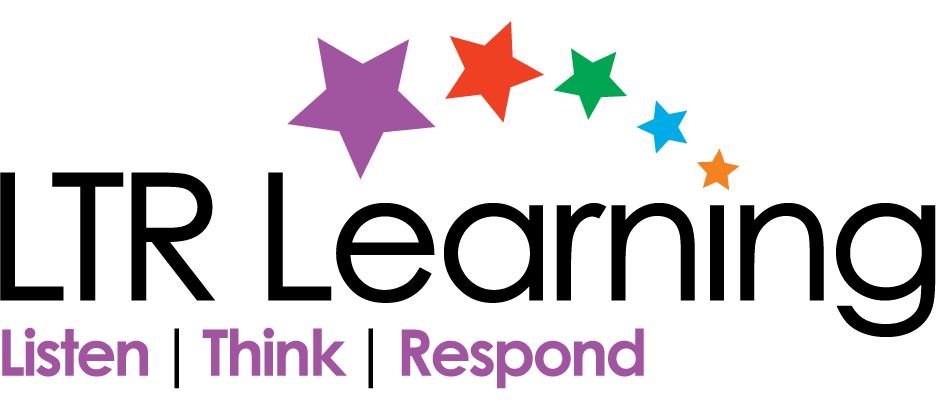Why bother with nursery rhymes? They are so out-of-date!
The LTR Language & Literacy Program uses many of the traditional English rhymes because they are part of our great English language heritage and too much fun to be forgotten.
Children enjoy the rhythm of the English language and the rhyming of words. They quickly learn to manipulate words and build confidence and enjoyment in oral language skills. When hearing rhyme, listening and thinking skills are sharpened and the skills of identifying and analyzing the sounds in words are enhanced. Vocabulary is extended as children hear words they do not know and have them explained.
Playing with rhymes and learning of rhymes leads to improvement in memory and thinking skills. Movement to the words of songs and rhymes improves coordination and concentration. Silly rhymes bring fun into learning and help to develop a sense of humour.
Learning rhymes off by heart builds confidence and prepares children for meeting them in print. Children enjoy making up more verses to simple rhymes, and this builds confidence with the manipulation of the language. They love to share their efforts with others.
For more information about LTR Learning (Listen, Think, Respond) products and how they meet the Australian Primary School English Curriculum for Foundation/Reception to Year 2/3 students, click on the links.


